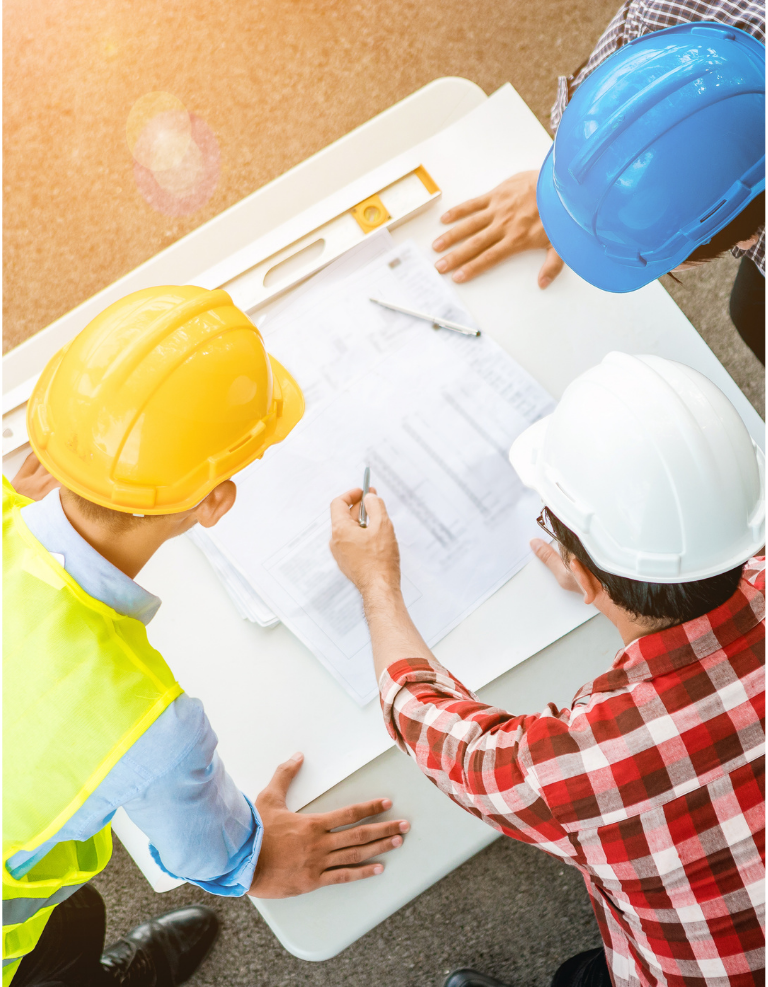When architects build, they take into account a variety of factors that have an impact on how people behave, think, act, and feel in their surroundings. The term “environmental design” refers to this. It discusses topics including sustainability and climatic adaptation. Environmental design also takes into account a building’s overall environmental effects, such as carbon and other waste emissions. For this design to work, architects must consider both the physical and mental actions that people take in various areas of a structure. When people use the room more frequently, the architecture gets even more advanced considering their well-being and health.
Environmental design includes aspects like indoor air quality in addition to reactions to environmental factors like temperature and humidity.

WHAT IS WELL-BEING AND HEALTH?
Since architecture creates a setting for people to live, work, and play, it is clear that it contributes to their happiness and health.
A person’s physical, mental, social, and emotional existence are all fully realized when they are in a condition of health. The opposite of this is a state known as well-being, which represents a person’s experience of health, happiness, and affluence.
Hospital designs have long been a prominent way for architecture for healthy surroundings to be expressed. This is due to the notion that a person’s connection to nature creates a healing environment. Following that, the design elements for creating a healthy environment were appropriated and are now now being used for other building kinds.
A LONG-TERM IMPACT OF DESIGN FOR HUMAN WELL-BEING AND HEALTH ON LIFE QUALITY
Today’s designers and builders have the chance to create residences, workplaces, and local communities that promote healthy living while reducing stress. This strategies offers a “prevention” rather than “cure” approach.
In the course of our work as SEEL, we have created healthy buildings and other architectural settings that promote a healthy neighborhood and the welfare of its residents.
Let’s look at how our architectural designs have promoted well-being and health:
- Suspensive ideas for space design
We guarantee the usage of non-harmful components, including chlorofluorocarbons, through our sustainable strategy. Energy and water efficiency, reduced waste emissions, and other sustainable environmental solutions are used by our creative design teams. We create environments that are sustainable and healthy by integrating beneficial construction methods and technology with little negative environmental impact.
- Integrated Solutions
By themselves, non-harmful materials cannot create healthy surroundings. Triad employs all-encompassing solutions by investigating environmental design methodologies that incorporate indoor air quality and climate design.
A comprehensive and intelligent solution includes measures for proper ventilation, humidity control, thermal comfort, and air cleaning methods. These elements directly affect people’s feelings, involvement, and health.
- Promise of the future
The primary goal of Triad is to offer architectural solutions that demonstrate excellence in long-term environmental management. In actuality, the implementation of this value results in a built environment that enhances all aspects of human health, productivity, and wellbeing.
The way a location has been constructed and designed can have an impact on people’s welfare directly or indirectly. The fact that many building users are aware of this and intend to develop it is positive.
For better architectural services, contact SEEL to help you with planning and designing.

